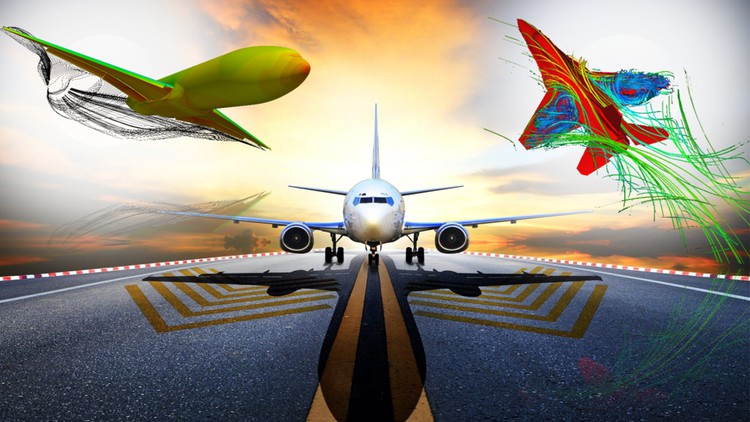
Learn Aerodynamics from Beginner to Expert and How to Design Airfoils and Wings of Commercial Aircrafts
What you will learn
Aircrafts classification
Basic fluid dynamics
Basics of aerodynamics
Air compressibility effects and supersonic speeds
Viscous flows including laminar and turbulent boundary layers
Mach numbers, pressure coefficients and shock waves development
Supercritical airfoil design
Transonic 3D wing design
Lift and Drag estimation techniques
Aerodynamics software
Advanced aerodynamics
Description
This transonic aerodynamics course focuses on the study of the flow of air about an aircraft, but many of the concepts explored are relevant to a wide variety of applications from regular cars to Formula 1 bolides. Students completing this aerodynamics course will gain advanced understanding of concepts and techniques used to aerodynamically analyze and design transonic aircraft.
All transport aircrafts today are flying in with transonic speeds, so here you will learn everything you need to know for designing commercial aircraft such as Boeing or Airbus. The course will end by practical exercise where you will apply everything you have learned to design your own airfoil using a on open source software.
What you will learn?:
- Aircrafts classification
- Basic fluid dynamics
- Basics of aerodynamics
- Air compressibility effects and supersonic speeds
- Viscous flows including laminar and turbulent boundary layers
- Mach numbers, pressure coefficients and shock waves development
- Supercritical airfoil design
- Transonic 3D wing design
- Lift and Drag estimation techniques
- Aerodynamics software
